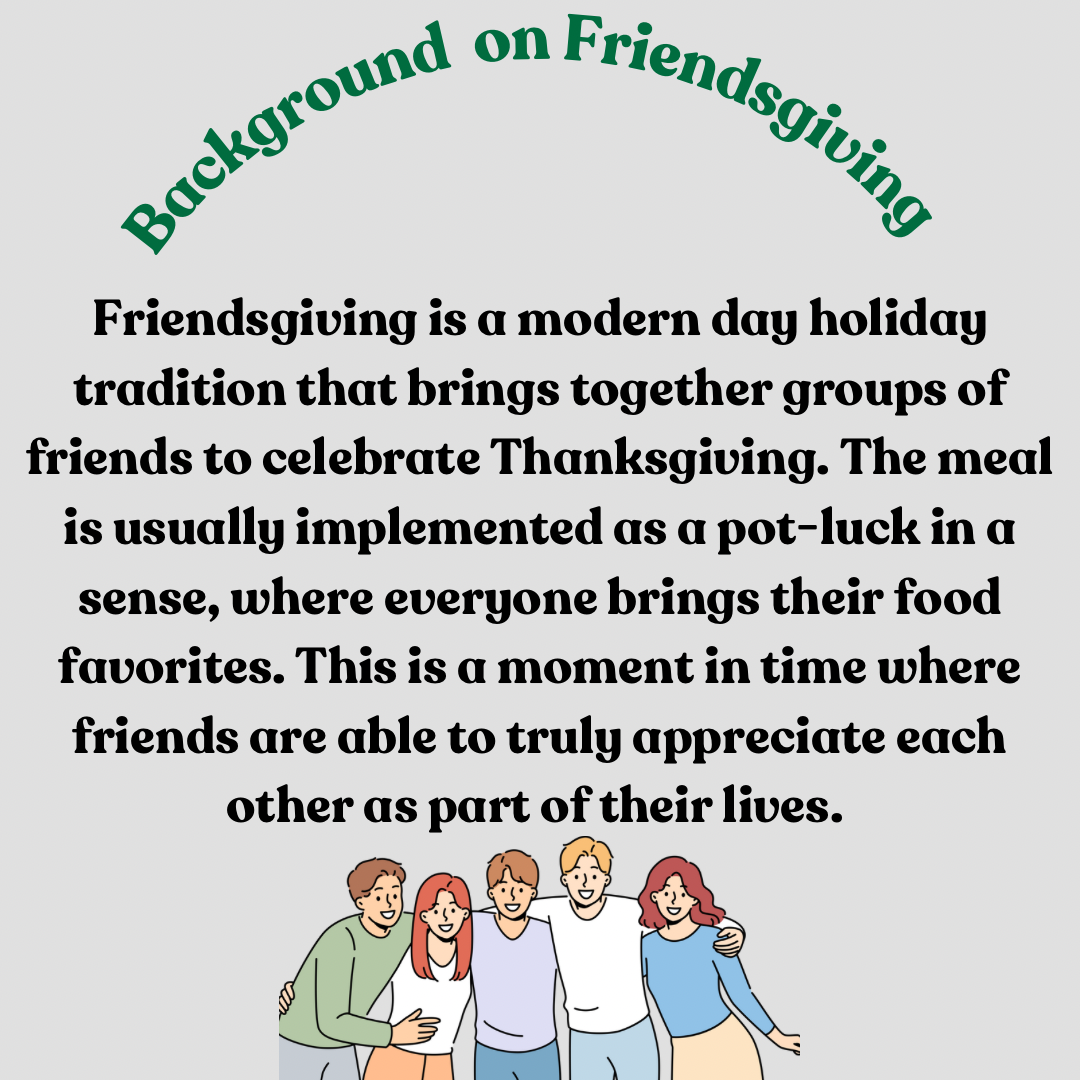“Hey ladies. Enjoying the film? Of course not. Because this is our movie, and this is our soda. You can keep the romantic comedies and lady drinks. We’re good,” says a man pouring Dr. Pepper Ten, a supposedly “macho” diet soda, in a commercial. The rest of the commercial features “masculine” activities like battling jungle snakes and shooting lasers.
Dr. Pepper claims that diet sodas are not “manly” enough and men subsequently shy away from them. While other sodas (Coke Zero and Pepsi Max) have been marketed towards men, Dr. Pepper Ten is the first to overtly pander to men by stating “IT’S NOT FOR WOMEN” as its catchphrase.
This is an example of gendered marketing, a type of market segmentation that targets a certain demographic (in this case, either the male or female gender).
“[Market segmentation] is when you have your target market, and then you divide the market into segments based on sub-demographics and sub-psychographics within your overall target market,” said Megha Torpunuri (So.), part of University’s Future Business Leaders of America (FBLA) Marketing team, which placed first in all of California. “Market segments are usually separated by preferences and buying inclinations that usually are a result of differing demographics.”
Gendered marketing is a strategy common in children’s toys, hygiene and skincare products, food and various other products.
It begins at a young age when male and female babies are immediately labelled with the “color” of their gender: pink for girls and blue for boys. However, the association of blue for boys and pink for girls was not always that way – it used to be the other way around.
According to the Earnshaw Infant’s Department in June 1918, “Pink, being a more decided and strong color, is more suitable for the boy, while blue, which is more delicate and dainty, is prettier for the girl.”
However, the association of blue for boys and pink for girls began when sailor suits for young boys were usually blue and white. School uniforms were also usually blue, and blue became associated with seriousness and study while pink was associated with childhood and softness. Since boys were expected to become serious and pursue serious jobs while girls were to remain soft and innocent, the color association began to turn around. By the 1950s, pink was strongly representative of femininity though not to the extent of modern day.
The color association is one example of how gender stereotypes are built around children growing up. Consumers associate pink, frills and sparkles with girls and darker colors, action and force with boys. For example, on Toys R Us’ website, the page for boys’ toys features action figures, building sets, vehicles, an advertisement for The Amazing Spider-man 2 and brands such as Hot Wheels, LEGO, Star Wars and Transformers. The girls’ page features bath and beauty accessories, dolls, an advertisement for My Little Pony and brands including Barbie, Disney Princess and Monster High. Although none of these toys and brands explicitly say “for boys” or “for girls”, gender stereotypes are so deeply ingrained that most consumers (the parents) will only buy toys “for” either gender.

(Robert Cohen/St. Louis Post-Dispatch/MCT)
LEGO took advantage of this gender divide by releasing LEGO Friends, a line of LEGO toys designed for girls to use pre-built LEGO structures as dollhouses in which to move five LEGO girl characters around. The sets offered include “Stephanie’s Beach House”, “Mia’s Bedroom”, “Emma’s Horse Trailer” and “Olivia’s House”, among other similarly named sets.
Decades before this in 1955, LEGO commercials featured both boys and girls building structures using the same products and parts. By releasing LEGO friends, LEGO tripled the number of girls using their products and experienced a 25% increase in global revenue. LEGO Friends became the fourth most popular line in only its first year of release behind Star Wars, Ninjago and LEGO City and surpassed their Superhero line. LEGO pandered to gender stereotypes to make significantly more money.
“It’s unfortunate that gendered marketing starts affecting children and even toddlers at early ages because they’re often sucked into black and white gender stereotypes,” said Jein Park (So.), another member of University’s first-place FBLA team. “These standards are ingrained into so many minds of young children at the hands of million dollar toy companies.”
However, gendered marketing doesn’t just stop at children. Gendered marketing continues through the adult world in hygiene and skincare products as well as food, as shown through Dr. Pepper 10.
Most bath, skincare and styling products are associated with women and femininity – this begins when bath and beauty accessory toys are only offered for girls and continues through the softer colors, rounded edges, stylized names and use of women in advertising.

Dove caught onto this and released their DOVE MEN+CARE line to pander towards men. According to Sterling Anthony’s article “Packaging along gender lines” for Packaging World, “guys identify with certain avian names, such as the Philadelphia Eagles and the Atlanta Falcons – even some non-predatory ones…however, the name, Dove, lacks macho mystique, especially when rendered in slender italics and accentuated with a stylized bird logo.”
To compensate for these factors crippling sales to male consumers, Dove’s new line printed MEN+CARE in bold capital letters and used a battleship gray color for its packaging rather than the usual white. The bottles have angled tops with harsher edges and even squared off the edges of the iconic Dove soap bar in contrast to the smooth, rounded shape of the regular Dove line, which was now subtly directed towards exclusively women. The advertising for DOVE MEN+CARE focused on assuring male consumers that using Dove’s new products did not conflict with their masculinity through endorsements from sports icons and featuring supposedly “manly” things, as shown in their 2010 Super Bowl “Manthem” ad.
While this degree of marketing and packaging change may seem unnecessary, it worked for Dove; they gained millions of customers globally and saw a $150 million boost in sales revenue.
“There’s a huge stigma associated with styling products and hygienic products,” said Antor Paul (So.). “You’re immediately labelled as ‘gay’ or just ‘weird’ for using girl hair/skin products, however, let’s be real: girl products for those things are just generally better and have a bigger impact. Guys who use heat-based styling products (straighteners, blow dryers) are wrongly labelled as pansies, but hey, if I look good, I’m down to being a pansy.”

(Ross Hailey/Fort Worth Star-Telegram/MCT)
Dove was only one of many brands who began a specific line “for men”; skincare brands such as L’Oreal and Olay have a line of “men’s” products while shaving products from Gillette and Bic have a divide between “for him” and “for her.” Some companies have stated that their specific products are better for one gender or another.
Joshua Ho (So.) said, “I don’t notice a difference between products ‘for men’ and regular products. I use multiple soaps and I still use what some might call feminine soaps if I run out of other soap.”
By appealing to the “masculine” or “feminine” senses of these products, the companies creating these products draw customers in by boasting not what the product actually does but rather the “feel” or “aura” of the product. This began around the 1920s with the birth of consumerism – previously during the production age, marketing was not as important since consumers would be interested in products solely based on the function they served.
“After the production era ended, and mass media and mass production emerged, it was more cost-effective to market a feeling, and uniqueness I suppose, associated with the product,” said Torpunuri. “With mass production, you have tons of products that do the same thing so in order to make people buy yours, you market it.”
What are the downsides to this kind of market segmentation? First of all, this type of gendered marketing reinforces the gender stereotypes ingrained in us at birth on what is “masculine” and what is “feminine.”
Torpunuri said, “[Gendered marketing] is good for companies, but it’s not good on the whole because it contributes to the inherent sexism that results from separating things by gender.”

(Gillette/MCT)
Secondly, often times one product is priced more for one gender than the other even if the products are extremely similar. This is common for shaving products: shaving cream and razors “for her” are often more expensive than the exact same product “for him.” Gillette’s “Satin Care” Shave Gel (marketed towards women) costs $3.69 for a 7 ounce bottle while the Gillette Foamy Shaving Cream (marketed towards men) costs $2.99 for an 11 ounce bottle – more than twice the price per ounce. Is there really that significant of a difference between the two? Many have said that the only difference for razors is the handle, and some claim that men’s disposable razors last longer than those designed for women. Yet, Bic’s “Comfort 3 Advance for Men” razors cost $4.79 for 4 razors while their “Soleil Glow” razors for women cost $7.99 for 3, though both offer the same benefits, a 122% price increase.
“The sheer amount of profit that companies make from gendered marketing proves how deeply ingrained gender stereotypes are in society. Learning about it has forced me to really examine my buying habits, especially my almost automatic gravitation towards products that are supposedly made for women but have no real difference from the same products marketed to men,” said Suzanne Chen (Sr.).
Thirdly, often the lines “for men” have fewer options for formulation and scent while the regular or “feminine” lines have a wide variety of formulations for different skin and hair types and a variety of scents to choose from. Dove’s MEN+CARE line has only 3 options for their “BODY+FACE BAR” while their “Beauty Bar” has 13 with different formulations for sensitive skin and more options for the different seasons or for scent. This is just one example of the limited options “for men” across various product lines. Another is the creation of “Brogurt:” Greek yogurt for men. The creation was necessary due to the strong association of femininity to yogurt, but only a few brands cater to “male yogurt.”
Gendered marketing often panders to gender stereotypes to gain more profit for the company – and often it is the consumer that pays with both the wallet and the restrictive societal gender constructs. Often it drives one gender away from certain products–fewer girls enter Science, Technology, Engineering and Math (STEM) fields, partially due to the lack of exposure to proper building and engineering sets when young. Often men are not the target market for various health products and thus are discouraged from buying these “feminine” items.
Of course, there’s an easy way to escape the system–just buy the products needed based on quality and economical value. There’s no need to purchase an “aura” along with the product–that boost is merely psychological and often comes with an extra fee.
Chen said, “I think that as long as we continue to unknowingly buy into these manipulations, we will always unconsciously or consciously perceive a difference in the genders that does no credit to either group. Masculinity isn’t about sharp edges and physical strength, and femininity isn’t about being soft and gentle. The value of a product should have more to do with its quality and less to do with gender, and so should the value of human beings.”
By ELYSIA OUYANG
Staff Writer
Gendered marketing: who’s paying for it?
June 6, 2014
3
0
Donate to Sword & Shield
$180
$1000
Contributed
Our Goal
Your donation will support the student journalists of University High School. Your contribution will allow us to purchase equipment and cover our annual website hosting costs.
More to Discover














Bill • Apr 25, 2015 at 3:05 am
If you are going for best contents like me, just pay a visit this web site daily as it presents
feature contents, thanks
www.suxigoogle.com • Oct 2, 2014 at 11:27 pm
I’ve been surfing on-line greater than three hours
today, yet I never found any attention-grabbing article like yours.
It’s lovely value enough for me. Personally, if all web owners and bloggers made excellent content material
as you did, the net will likely be much more helpful than ever
before.
parenting programs calgary • Jun 25, 2014 at 4:07 am
Hey! Do you use Twitter? I’d like to follow you if that would be ok.
I’m definitely enjoying your blog and look forward to new posts.